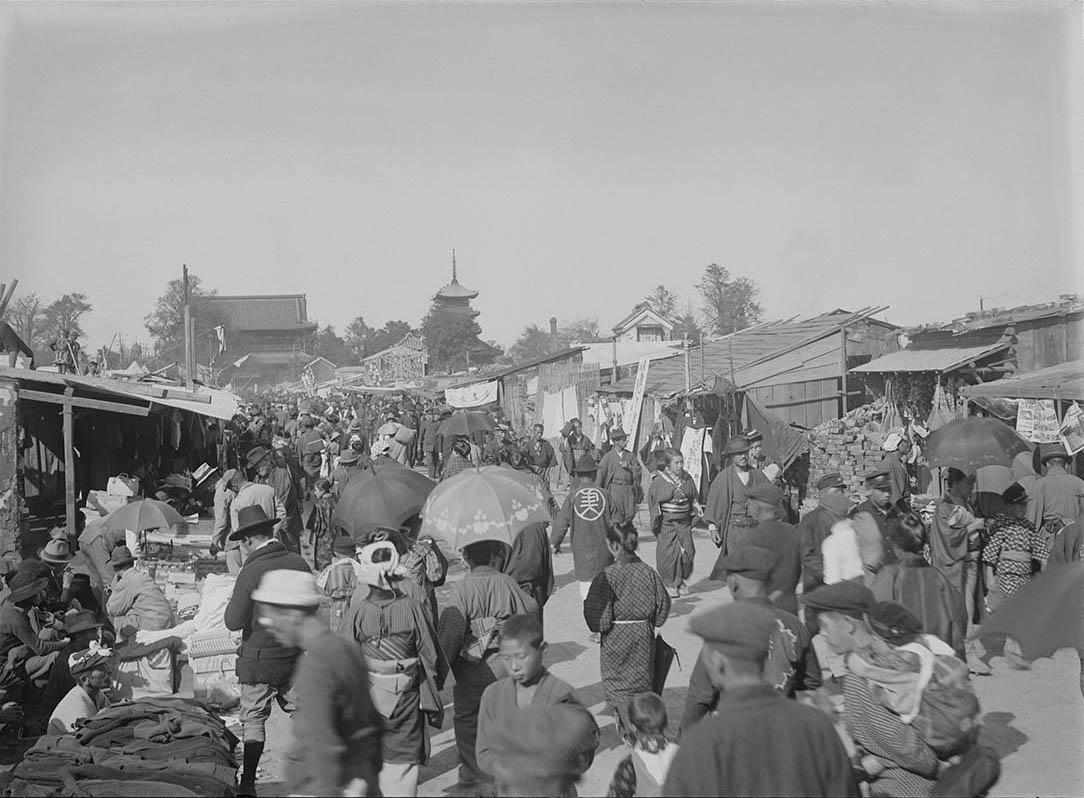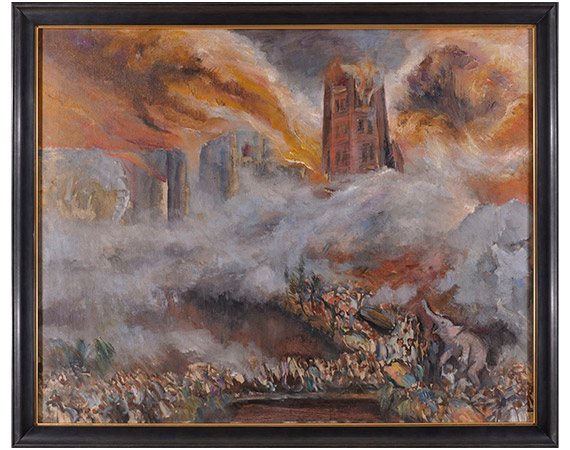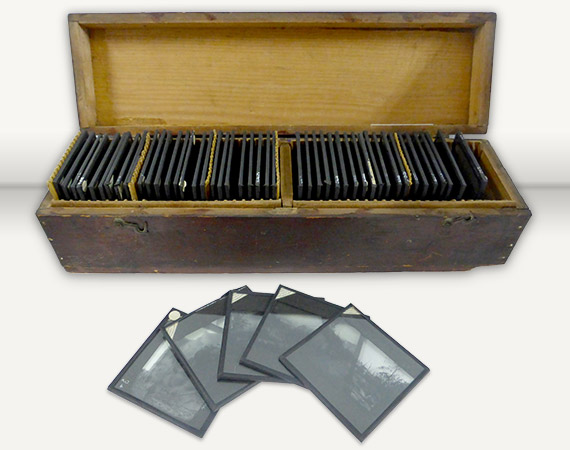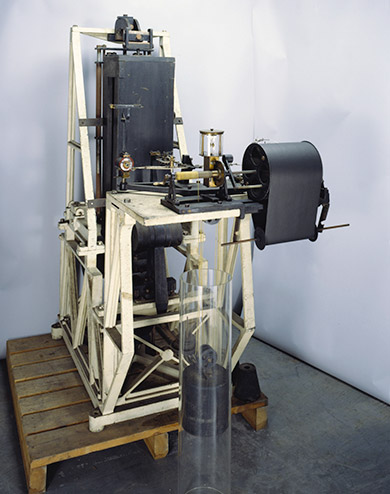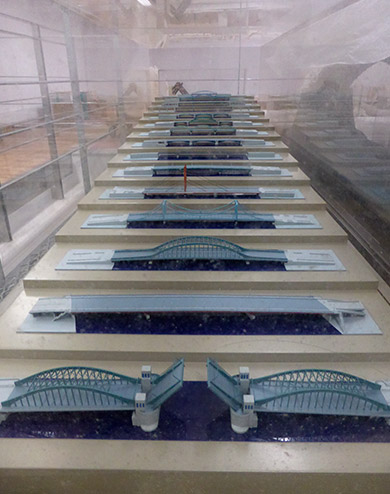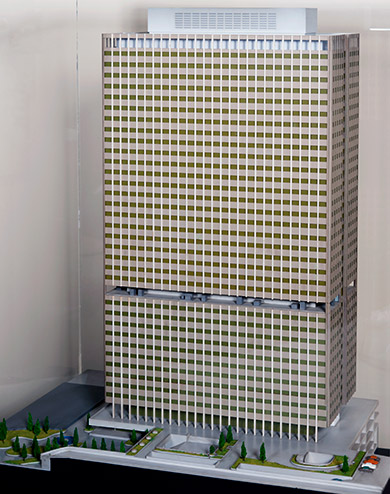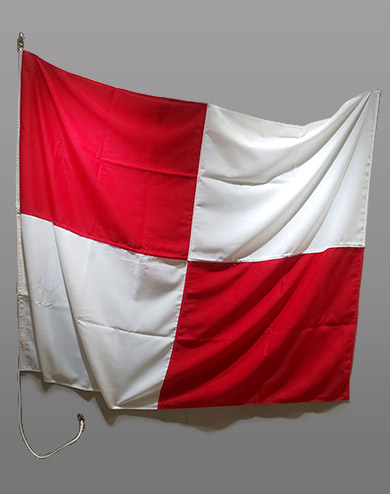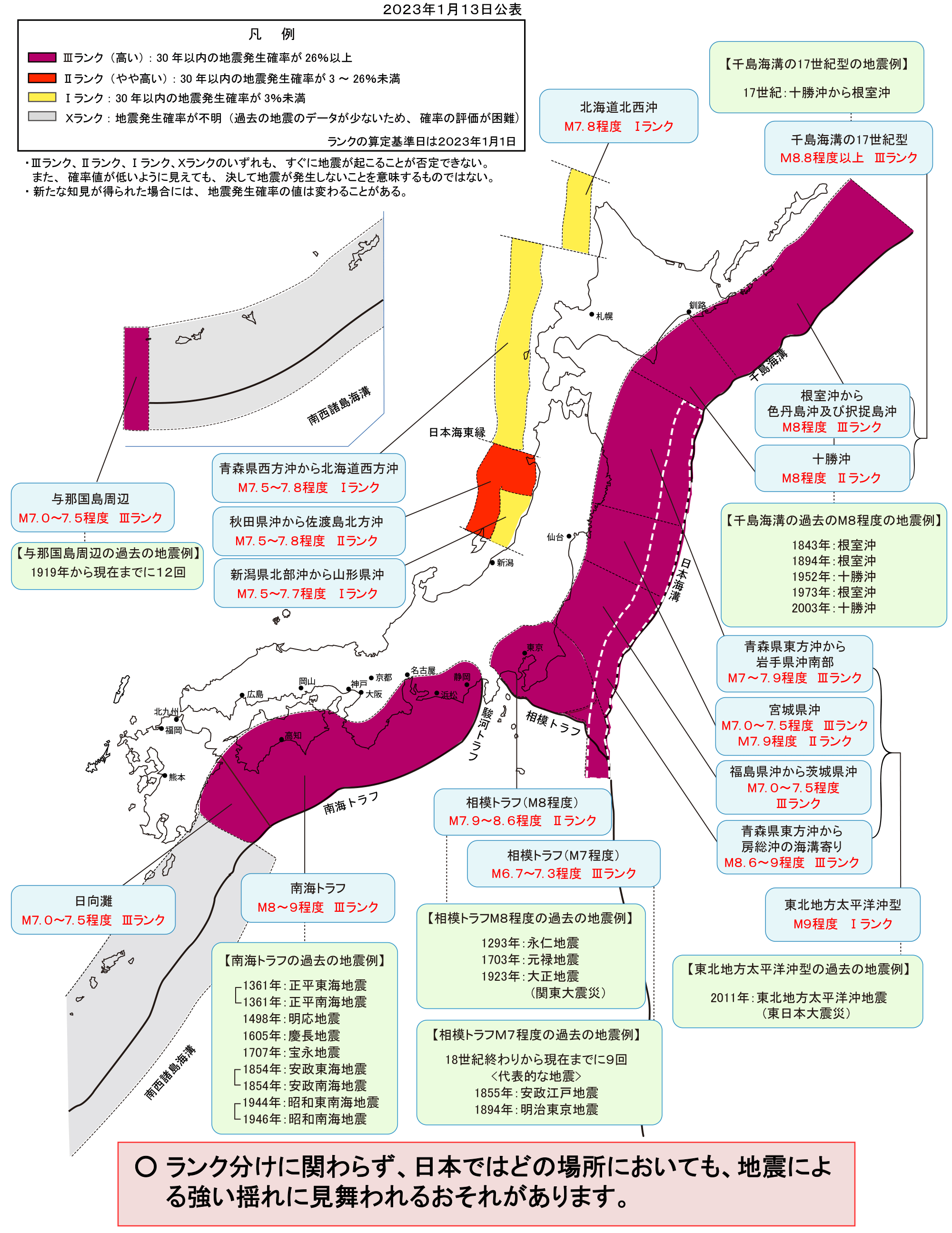Exhibition
| Title |
The Great Kanto Earthquake 100th Anniversary Special Exhibition:Progress since the Earthquake―Science and Technology for the Future |
| Period |
September 1, 2023 (Fri) – November 26 (Sun) |
| Venue |
Japan Gallery 1F Exhibition Hall for temporally exhibition,
Global Gallery 1F Open Space,
Japan Gallery 1F Central Hall (Beginning October 11) |
| Hours |
9:00-17:00
*Opening days, hours etc. are subject to alteration. Please check the website before your visit. |
| Closed |
Monday, September 19, October 10
(Except September 18, October 2 and 9) |
| Organizers |
National Museum of Nature and Science |
| Supervised Cooperation |
The University of Tokyo |
| Support |
WOTA, OYO Corporation, Shibusawa Eiichi Memorial Foundation, Jackery Japan, mont-bell, Special study group for creating and growing new business for promotion of disaster countermeasures
(Representative:Prof. Kimiro Meguro) |
| Back up |
Cultural Heritage Disaster Risk Management Center, Japan |
| Special Cooperation |
Aioi Nissay Dowa Insurance, NHK Foundation |
| Cooperation |
NEC, OYO Seismic Instrumentation Corp, OBAYASHI CORPORATION, KAJIMA CORPORATION, Japan Meteorological Agency, Geospatial Information Authority of Japan, National Film Archive of Japan, National Institute of Advanced Industrial Science and Technology (AIST), SHIMIZU CORPORATION, The 16th Japan Earthquake Engineering Symposium, Shitamachi Museum at Taito Ward, TEIKOKU DATABANK, Railway Technical Research Institute, TOKYO GAS NETWORK, The University of Tokyo, Tokyo Metropolitan Government, Great Kanto Earthquake Memorial Museum, TOBU TOWER SKYTREE, Nagoya University, NIKKEN SEKKEI LTD, The Seismological Society of Japan, East Japan Railway Company, National Research Institute for Earth Science and Disaster Resilience, Eukarya |
Access
| National Museum of Nature and Science |
| Address |
7-20 Ueno Park, Taito-ku, Tokyo 110-8718 |
exhibition PICKUP
Colorizing the Photographs of the Aftermath using Science and Technology
By using AI technology, photographs taken at the time of the aftermath of the earthquake were colorized. Final color corrections were done by hand using materials from the time such as household items, postcards, and paintings of the disaster as reference. Through colorization, the state of the fire, damage, and people's expressions can be seen more vividly. An event which happened a hundred years ago that seemed like someone else’s problem when seen on a monochrome photograph can now feel more familiar. This section will introduce the original monochrome photographs, and photographs colorized using AI technology, as well as colorized photographs that were corrected by hand which capture evacuees from the fires, collapsed buildings, damage from the tsunami, and reconstruction of the city.
[Colorize:Prof. Hidenori Watanabe]
VR Gallery

Click this image to jump to the VR website.
What to see
Chapter 1: The 1923 Kanto Earthquake and the Damage Sustained―The Great Kanto Earthquake
How do earthquakes happen, and what kind of earthquakes occur in the Kanto region? The mechanism of how the 1923 Kanto Earthquake was triggered and why it resulted in such extensive damage will be shown from a scientific perspective. In addition to research on earthquake/disaster prevention prior to and at the time of the Great Kanto Earthquake, information on the Tokyo Museum (present National Museum of Nature and Science) will be on display.
Chapter 2: Reconstruction after the Great Kanto Earthquake―Building a Disaster-Resilient City
In order to build an imperial capital that is resistant to disasters, a reconstruction plan was formulated with the aim of creating a distinguished city that is earthquake and fire resistant, but also conscious of its scenic landscape (Imperial Capital Reconstruction Plan). This chapter will feature how reconstruction efforts became the foundation of the Tokyo in which we live today, and the challenges it Tokyo faces. Transformations in earthquake research and observation systems since the Great Kanto Earthquake, as well as the post-disaster restoration process of the National Museum of Nature and Science will be shown.
Chapter 3: 100 Years of Earthquake Disaster Prevention Research―Toward a Disaster-Resilient Nation
Japan's earthquake research, and observation and disaster prevention/mitigation systems have changed significantly in the wake of the numerous earthquake disasters that have occurred since the Great Kanto Earthquake. The history of earthquake disaster prevention research over the last 100 years, including Earthquake Early Warning and tsunami information made possible by the development of observation technology will be featured along with disaster prevention/mitigation technology for buildings, and earthquake measures for lifelines (e.g. water supply, gas, power, telecommunications).
Exhibition Room 2: Disaster Preparedness
Japan is said to be an earthquake-prone country, and one never knows when or where a major earthquake may strike. Earthquake disasters can occur close to home. If a Kanto earthquake were to happen today, what kind of information would be transmitted, how should we act, and what kind of damage is to be expected? This section will showcase considerations that should be made in this present age and for disaster prevention in the future.
Special Venue: Disaster Exhibits -A History of How Disasters Have Been Communicated- (※October 10~)
From the past to the present, how have disasters been recorded, shared, and communicated? In this section, historical specimens, paintings, photographs, and other materials related to the disasters will be exhibited. As an example of the communication of the historical disasters, the historical materials will also be exhibited using the latest digital technology with an 8K monitor.
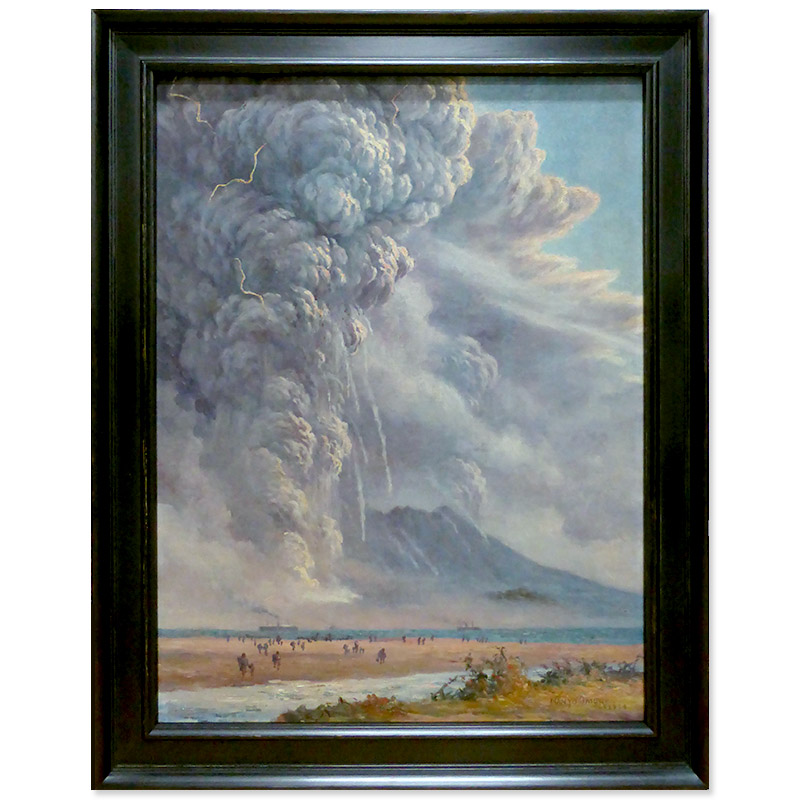
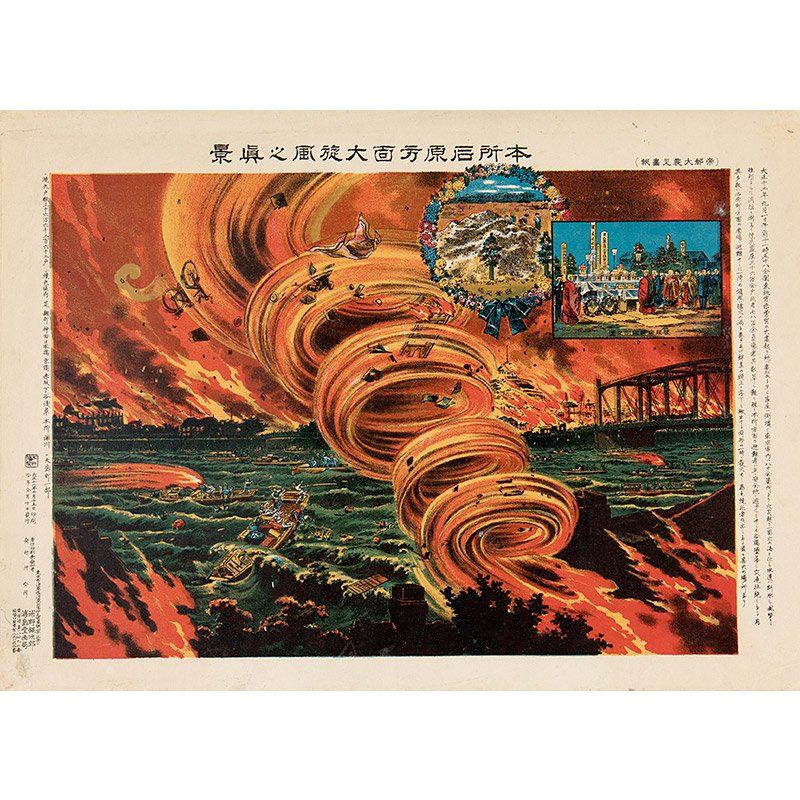 [Aioi Nissay Dowa Insurance]
[Aioi Nissay Dowa Insurance]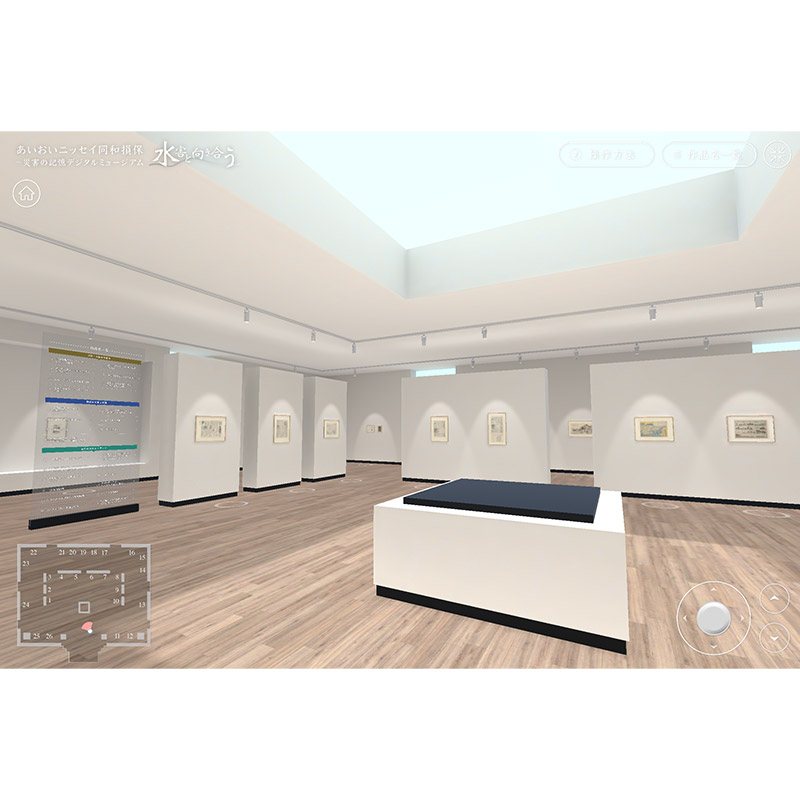 [NHK Foundation]
[NHK Foundation]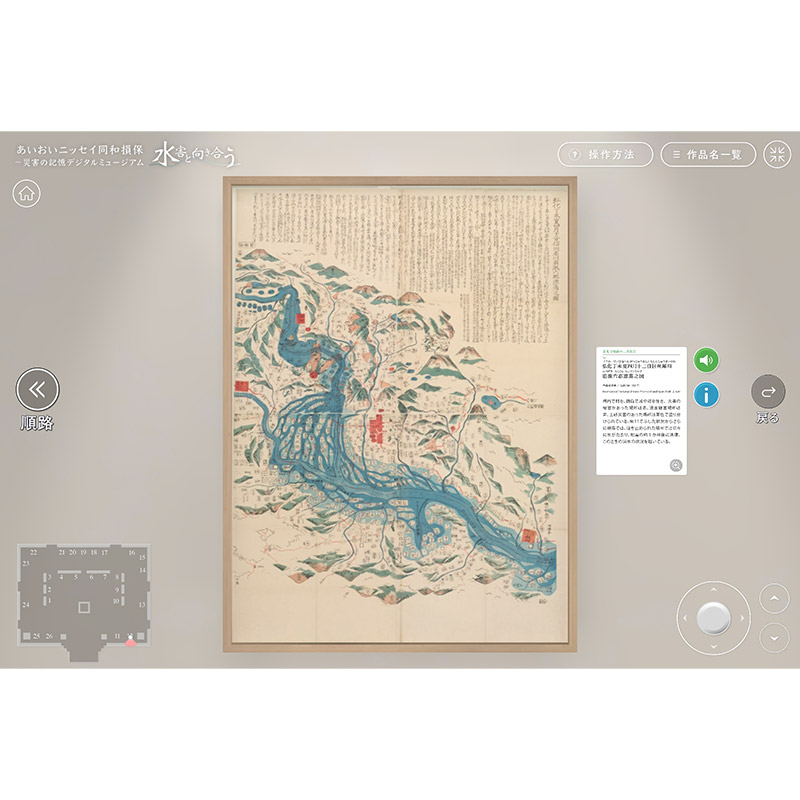 [NHK Foundation]
[NHK Foundation]
※Materials for which a collection is not listed belong to the collection of the National Museum of Nature and Science.
